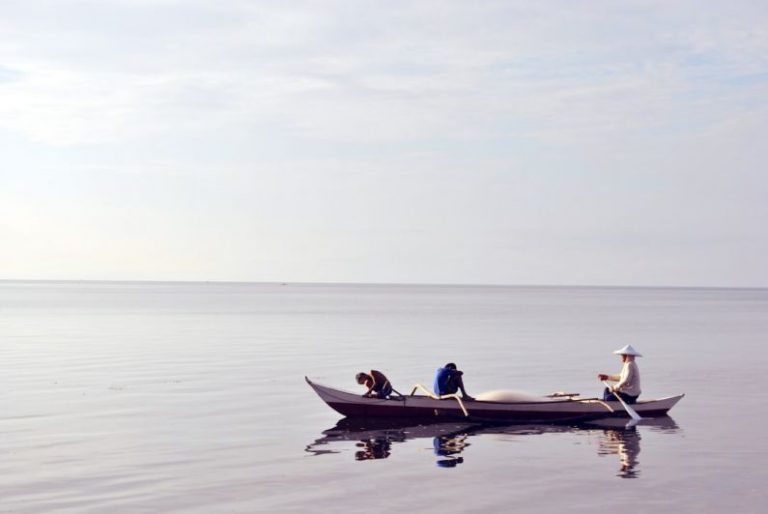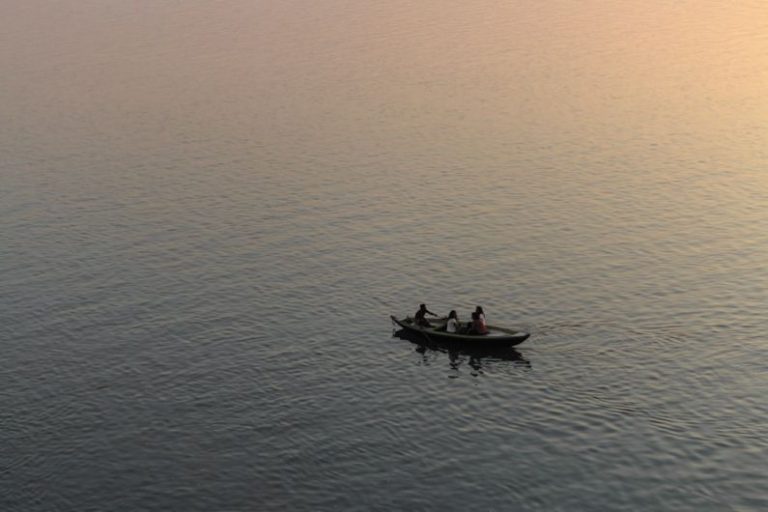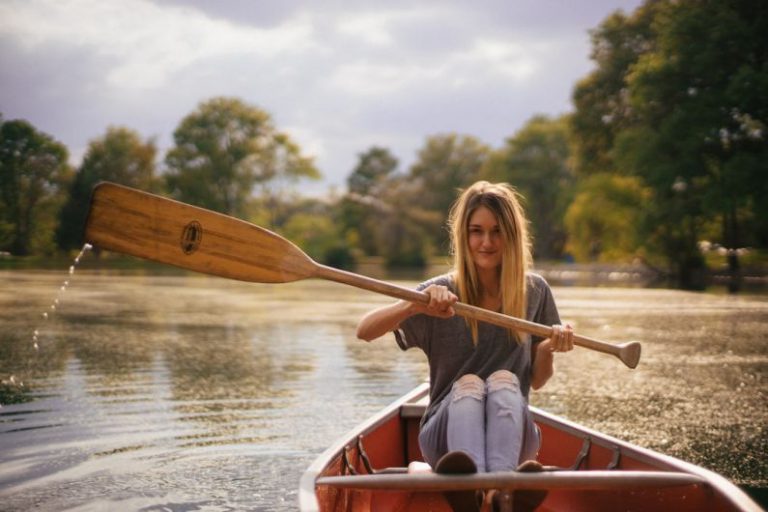
Rowing is a popular water sport that offers a unique blend of physical exertion and tranquil surroundings. However, like any water activity, rowing comes with its own set of hazards that participants must be aware of to ensure their safety on the water. From challenging weather conditions to waterway obstacles, rowers face various risks that can impact their experience and well-being. Understanding these common water hazards is essential for rowers to navigate their way through the sport safely and enjoyably.
Challenging Weather Conditions
One of the most common hazards for rowers is challenging weather conditions. Whether it’s strong winds, heavy rain, or sudden storms, rowers must be prepared to face the unpredictable nature of the weather when out on the water. Strong winds can make rowing difficult and dangerous, causing boats to veer off course or capsize. Heavy rain can affect visibility and make it harder for rowers to navigate their way back to shore. Sudden storms can pose a serious threat to rowers, with lightning strikes and high waves presenting significant dangers. To mitigate these risks, rowers should always check the weather forecast before heading out and be prepared to modify their plans if conditions worsen.
Waterway Obstacles
Another common hazard for rowers is waterway obstacles. From floating debris to submerged rocks, rowers must be vigilant of potential obstacles in the water that could impede their progress or cause accidents. Debris such as logs, branches, or trash can damage boats and pose a risk to rowers if they collide with them. Submerged rocks or sandbars can also be hazardous, as they can cause boats to get stuck or capsize if not navigated carefully. To avoid these obstacles, rowers should familiarize themselves with the waterway they are rowing on and be alert to any potential hazards that may be present.
Water Traffic
Water traffic is another common hazard that rowers face when sharing the water with other vessels. From motorboats to kayaks, rowers must be aware of other watercraft in their vicinity to avoid collisions and ensure their safety. Motorboats, in particular, can be a significant threat to rowers due to their speed and size, making it essential for rowers to yield the right of way and steer clear of busy waterways. Kayaks, paddleboards, and other small craft can also pose a risk to rowers, especially in crowded or narrow waterways where space is limited. By practicing good communication and following water traffic rules, rowers can minimize the risk of accidents and enjoy a safe rowing experience.
Wildlife Encounters
Wildlife encounters are another hazard that rowers may encounter when out on the water. From curious seals to territorial swans, rowers must be prepared to interact with various wildlife species that call the water their home. While most wildlife encounters are harmless, some animals may view rowers as a threat and act aggressively in defense of their territory. It is essential for rowers to respect wildlife and observe them from a safe distance to avoid any potential conflicts. By being aware of their surroundings and behaving respectfully towards wildlife, rowers can coexist harmoniously with the natural environment and enjoy the beauty of their surroundings without causing harm to themselves or the animals.
Safety Precautions
To mitigate these common water hazards, rowers should take proactive safety precautions to protect themselves and others while out on the water. Wearing a personal flotation device (PFD) at all times, staying hydrated, and carrying a communication device are essential safety measures that can help rowers in case of emergencies. Additionally, taking rowing lessons, practicing proper rowing techniques, and being aware of their limits can enhance rowers’ skills and confidence on the water. By prioritizing safety and being prepared for potential hazards, rowers can enjoy their time on the water while minimizing risks and ensuring a positive rowing experience.
In conclusion, rowing is a rewarding and challenging sport that offers participants a unique opportunity to connect with nature and stay active. However, it is essential for rowers to be aware of the common water hazards they may encounter and take proactive steps to mitigate these risks. By understanding the challenges posed by challenging weather conditions, waterway obstacles, water traffic, wildlife encounters, and other potential hazards, rowers can navigate the waters safely and enjoy a fulfilling rowing experience. By prioritizing safety, practicing good judgment, and being prepared for the unexpected, rowers can make the most of their time on the water and create lasting memories that will inspire them to continue rowing for years to come.





